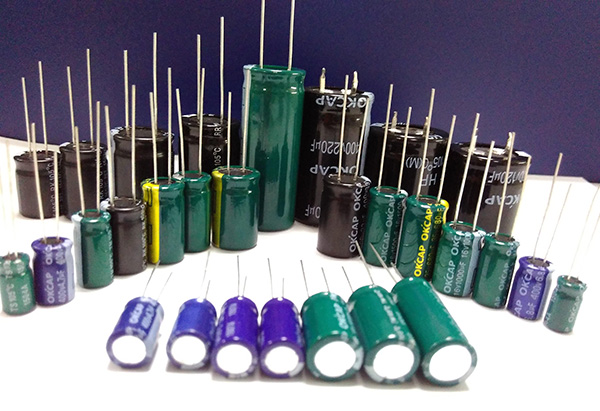Time:2025-08-23 18:09:17 Browse:34
1. Capacitors are generally represented by "C" followed by a number in circuits (such as C25 representing capacitor number 25).
A capacitor is a component composed of two metal films closely adjacent to each other, separated by an insulating material in the middle. The main characteristic of a capacitor is to isolate direct current from alternating current. The capacity of a capacitor represents the amount of stored electrical energy, and the hindering effect of a capacitor on AC signals is called capacitive impedance, which is related to the frequency and capacitance of the AC signal.
Capacitive impedance XC=1/2 π f c (f represents the frequency of the AC signal, C represents the capacitance)
2. Capacitor identification method
The identification methods for capacitors are basically the same as those for resistors, which are divided into three types: direct standard method, color standard method, and numerical standard method. The basic unit of capacitance is expressed in farads (F), while other units include millifarads (mF), microfarads (uF), nanofarads (nF), and picofarads (pF). Among them: 1 Farad=103 millifarads=106 microfarads=109 nanofarads=1012 picofarads
The capacitance value of a capacitor with a large capacity is directly indicated on the capacitor, such as 10 uF/16V
The capacitance value of capacitors with small capacity is represented by letters or numbers on the capacitor
Alphabet notation: 1m=1000 uF 1P2=1.2PF 1n=1000PF
Numerical notation: Generally, the capacity size is represented by three digits, with the first two digits indicating significant figures and the third digit indicating magnification.
For example, 102 represents 10 × 102PF=1000PF, and 224 represents 22 × 104PF=0.22 uF

3. Capacitor Capacity Error Table
Symbol F G J K L M
Allowable error ± 1% ± 2% ± 5% ± 10% ± 15% ± 20%
For example, a ceramic capacitor of 104J represents a capacity of 0.1 uF with an error of ± 5%.
4. Fault characteristics
In actual maintenance, capacitor failures mainly manifest as:
(1) Open circuit fault caused by corrosion of pins.
(2) Open circuit faults of desoldering and virtual soldering.
(3) Leakage can cause small capacity or open circuit faults.
(4) Leakage, severe leakage, and breakdown faults.